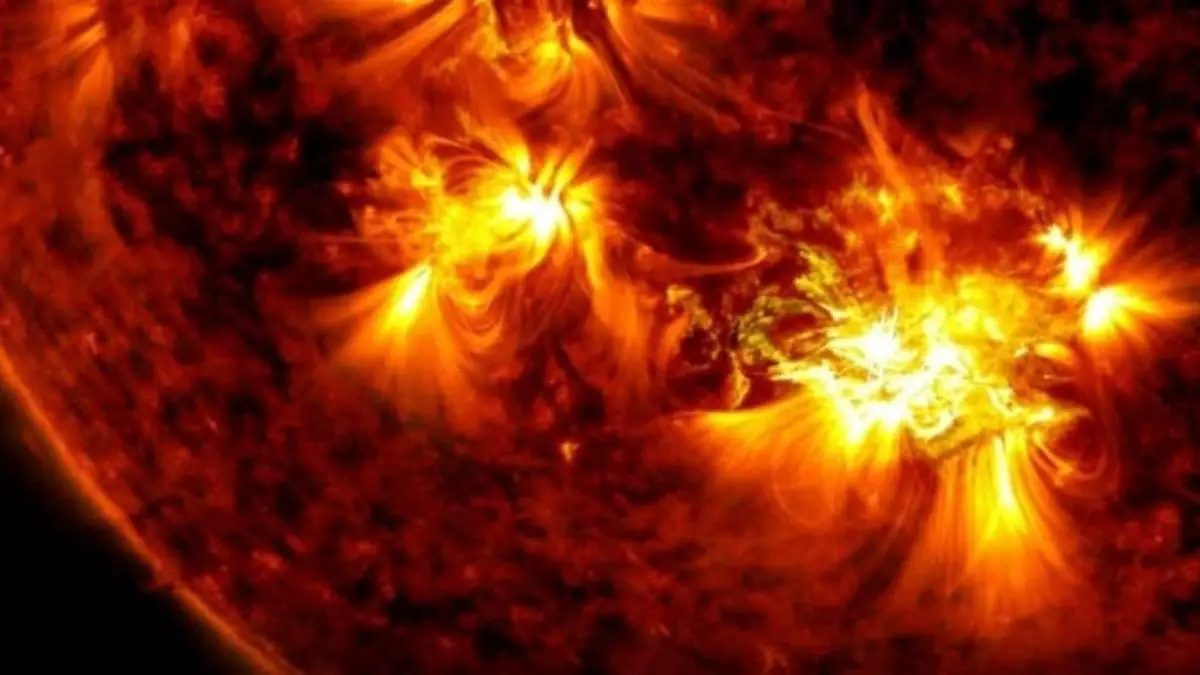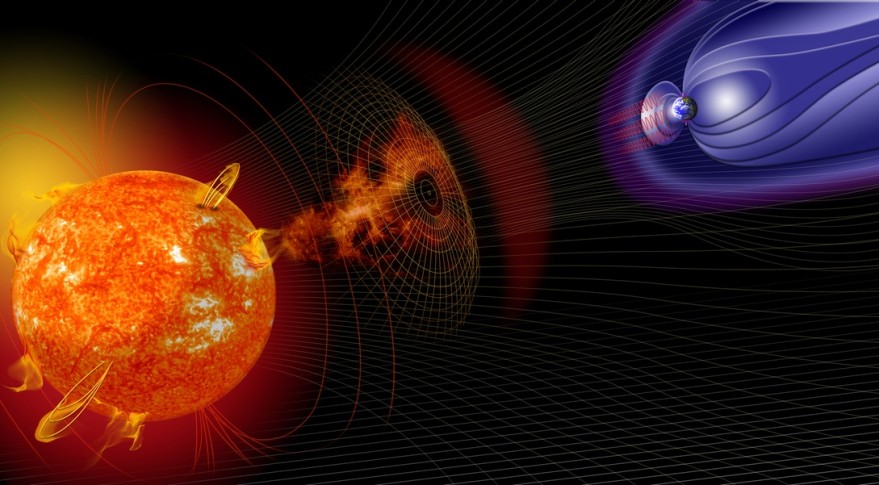The Universe
Incoming Huge Solar Storms Could Destroy Many Satellites, U.S. Gov’t Scientist Warns
A new era of space weather is about to rock our world.

A new era of space weather is about to rock our world—and it’s probably going to destroy many satellites in the next five years, according to solar storms expert Tzu-Wei Fang, a space scientist at NOAA’s Space Weather Prediction Center (SWPC).
“Whatever you’ve experienced in the past two years doesn’t matter,” Fang told crowds on Monday (August 8) at the 36th Small Satellite Conference in Logan, Utah.
“Whatever you learned the past two years is not going to apply in the next five years,” he added.
A new solar activity cycle is much stronger than anticipated and it’s already presenting major problems for satellite operators who are trying to keep their spacecraft in orbit while maintaining functionality.
Solar storms can destroy satellites with ease.

During a panel discussion organized by the Secure World Foundation this week, Fang warned the audience that the February solar storm which was responsible for the destruction of dozens of newly-launched SpaceX Starlink satellites was only the tip of the iceberg.
“That storm was actually a minor storm in our catalog,” she said. “It’s not a huge storm.”
One effect of the increased space weather activity the world will experience during this new solar cycle is an increased amount of drag on satellites as huge solar storms heat and expand the upper atmosphere, increasing its density.
This was demonstrated in February when a solar storm caused 38 of 49 newly-launched SpaceX Starlink satellites to reenter the atmosphere. The spacecraft’ thrusters were unable to overcome the increased atmospheric drag generated by the solar storm, therefore the satellites fell back into the atmosphere and were destroyed.
The SWPC has been collaborating with SpaceX in order to investigate the aforementioned occurrence and determine, among other things, how models of space weather can more accurately predict atmospheric circumstances and solar storms that can destroy satellites.
In the near future, an article that provides a summary of those findings will be published in a journal.
This new solar storm cycle—called Solar Cycle 25 by space scientists—follows an 11-year period that was relatively calm. During that time, many more satellites were launched than ever before.
According to space scientists like Fang, this kind of data coordination between SpaceX and SWPC is extremely important because most existing satellite technicians are likely not ready for the huge solar storms that are coming.
Satellite operators cannot simply ignore the consequences of solar storms.
“It’s very important that we all be aware of the impact of the space environment, how your satellite is going to mitigate this radiation environment and how you’re going to mitigate the drag effects,” she said.
To make matters worse, the strength of Solar Cycle 25 is already moving in a direction that is significantly stronger than what was anticipated—and it won’t be peaking until around the middle of this decade.
A strong enough solar storm is even capable of destroying the internet and smartphones.
“If you look at the beginning of this year, things are very crazy. We’ve had a solar flare almost every week,” Fang warned. Because Solar Cycle 25 is trending higher than predicted, there is an increased chance for more huge solar storms over the next several years.
“We’re already way beyond where we predicted at this point,” he warned.
Typos, corrections and/or news tips? Email us at Contact@TheMindUnleashed.com
